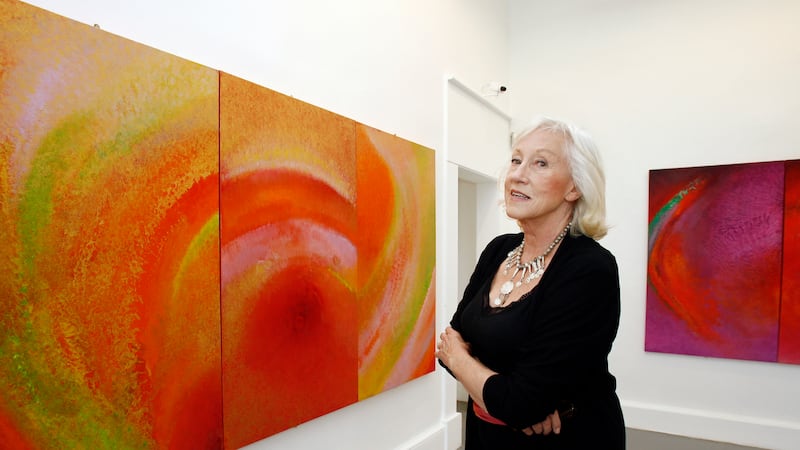Patrick Pye, an 88-year-old artist with fading sight and restricted mobility, was told by the Arts Council at the end of last month that his €17,180 Aosdána stipend would no longer be continued.
Pye was told in February that his Cnuas was no longer guaranteed and was under review, though there was no further communication until the end of March when he was told he no longer fit the eligibility criteria.
Under existing rules, now under review, eligibility is reviewed every five years. Artists are required to have produced work of merit in the last five years to be eligible. Pye’s family has argued that he does meet that criterion.
The Arts Council pays out about €2.6 million every year in Cnuas grants. There are 145 active recipients, all members of Aosdána. The vast majority are paid €17,180 per year “to assist them in concentrating their time and energies in the full-time pursuit of their art”.
Rules stipulate that members can apply at any time with an outline of the work they intend to pursue and provided other earnings are no more than 1½ times the amount of the Cnuas (€25,770 in the case of the full stipend).
An Aosdána source indicated it was unique to bursary payments that somebody seeking a Cnuas would have to give up their day job in order to secure it.
Current recipients include the poet Theo Dorgan, The Butcher Boy author Patrick McCabe, film-maker Pat Murphy and writer Ulick O'Connor.
Payments are made quarterly and automatically for three quarters of the year. “The April payment will only be paid when the council receives a written report confirming that the artist continues to comply with the conditions of the Cnuas,” the rules state.
Who is Patrick Pye?
Born in Winchester, England in 1929, Pye attended the National College of Art and Design in the early 1950s and went on to study stained glass in Maastricht. He converted to Catholicism when he was in his 30s. His Christian faith has been at the heart of his art as painter and printmaker. He has also written thoughtfully on art.
Generally recognised as the foremost Irish religious artist of the latter half of the 20th century, his singular style reflects several influences. They include his experience of Catalan Romanesque when, after graduating from the National College of Art and Design, he visited Spain on a Mainie Jellett scholarship.
He also has a long-term admiration for one of the giants of the Spanish Renaissance, El Greco. In his formalised compositions and stylised figuration, Pye found his own personal stylistic equivalent to the stark urgency of El Greco’s impassioned religious paintings, which reached back beyond the Renaissance to the Byzantine tradition.
In standing apart from transient fashion, Pye's own work has never looked more fresh and contemporary. In fact, he features prominently in the Irish Museum of Modern Art's current exhibition, As Above, So Below, a survey of spirituality in the visual arts over the last 100 years. – Aidan Dunne














